Define Biotechnology
Biotechnology involves using living organisms, Cells, and biological systems to develop and create products or technologies that benefit various fields. It harnesses the power of Biology to improve agriculture, medicine, and industry. In simpler terms, it’s like using the building blocks of life – DNA, proteins, and cells – to solve problems and make useful things. For example, in medicine, biotechnology enables the development of new drugs and therapies. In agriculture, it helps create genetically modified crops for increased yield and resistance to pests. Industrial biotechnology uses microorganisms to produce biofuels and other sustainable materials. Essentially, biotechnology is about manipulating and optimizing living things to address challenges and enhance our lives in numerous ways.
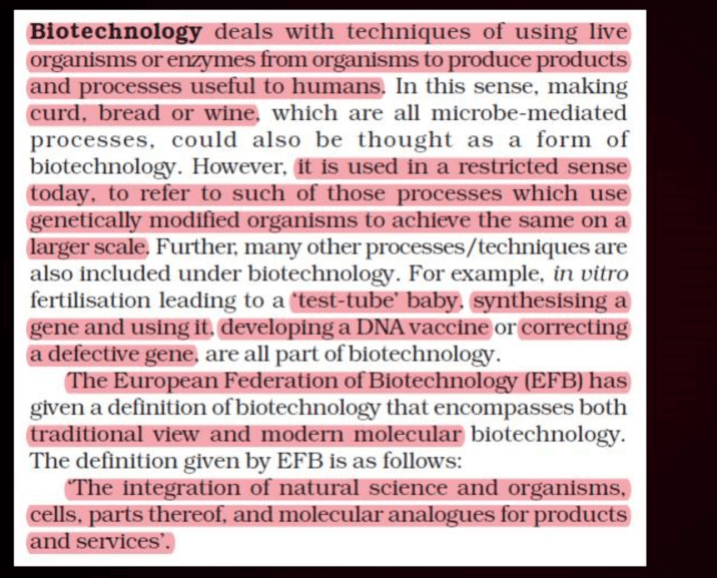
Principles of Biotechnology
Biotechnology involves the manipulation of living organisms or their systems to develop useful products. Its principles include genetic engineering, where DNA is modified to achieve desired traits, and fermentation, using microorganisms for large-scale production. Additionally, bioprocessing, bioinformatics, and ethical considerations play crucial roles in the responsible application of biotechnology. The goal is to harness biological processes for various applications, such as medicine, agriculture, and industry.
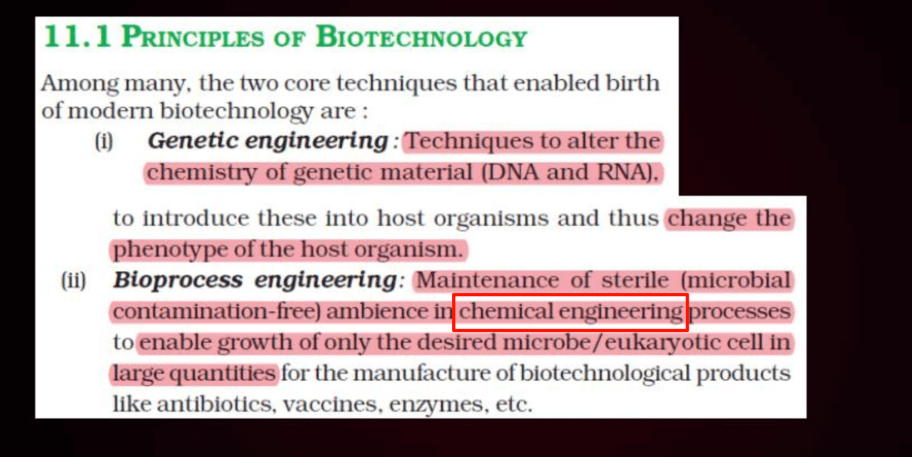
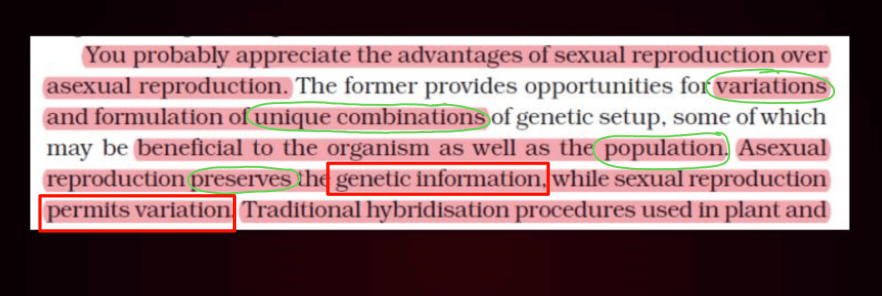
Gene Cloning
Gene cloning is a scientific technique that involves making identical copies of a specific gene. Imagine a gene as a set of instructions for building and maintaining a particular trait in an organism. To clone a gene, scientists isolate it from the DNA of an organism and then replicate it, creating multiple identical copies. This process enables researchers to study and manipulate specific genes, potentially leading to advancement in medicine, agriculture, and biotechnology. Gene cloning is like making photocopies of a recipe, allowing scientists to explore and understand genetic information, develop new treatments, and enhance various aspects of living organisms for the benefit of society.
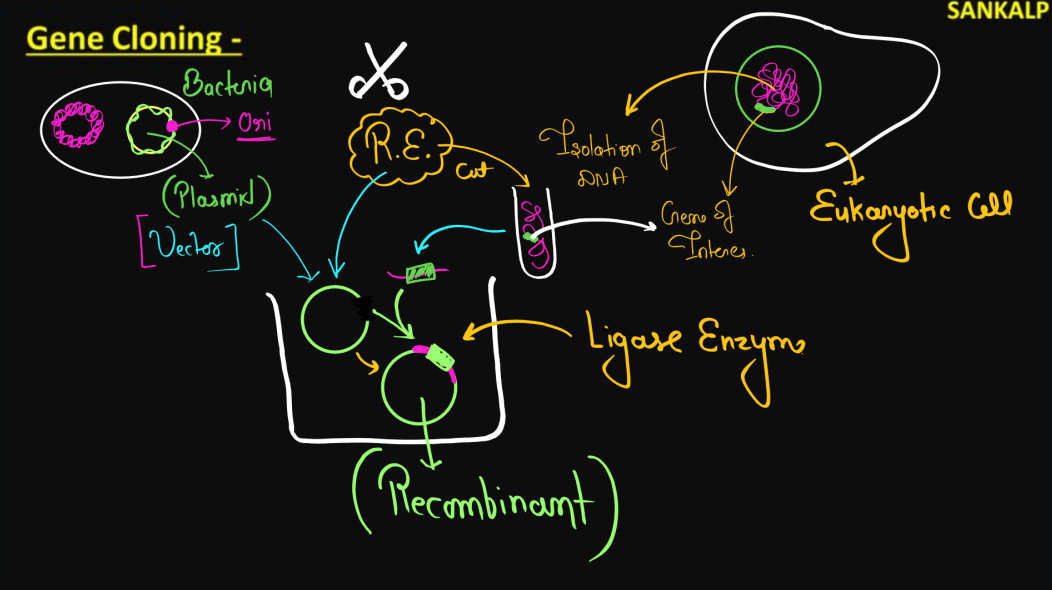
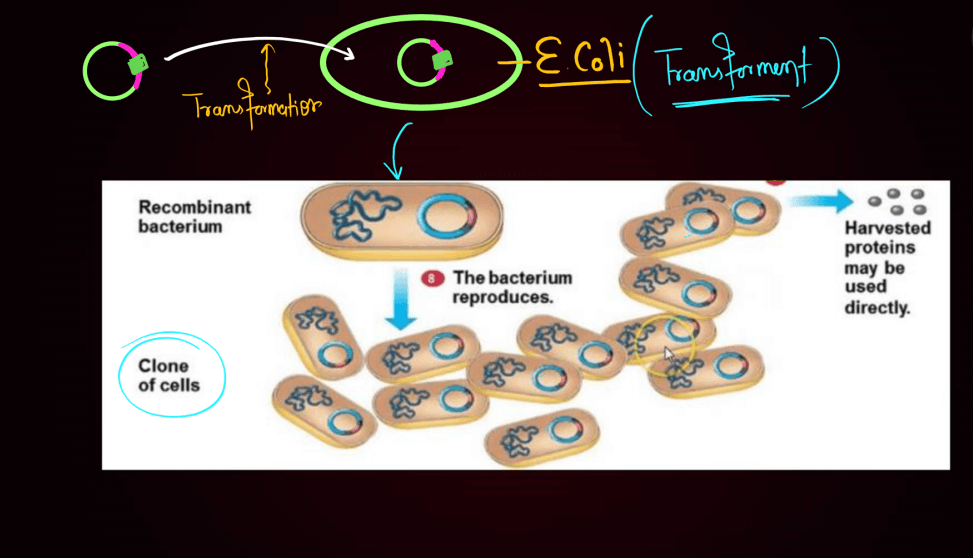
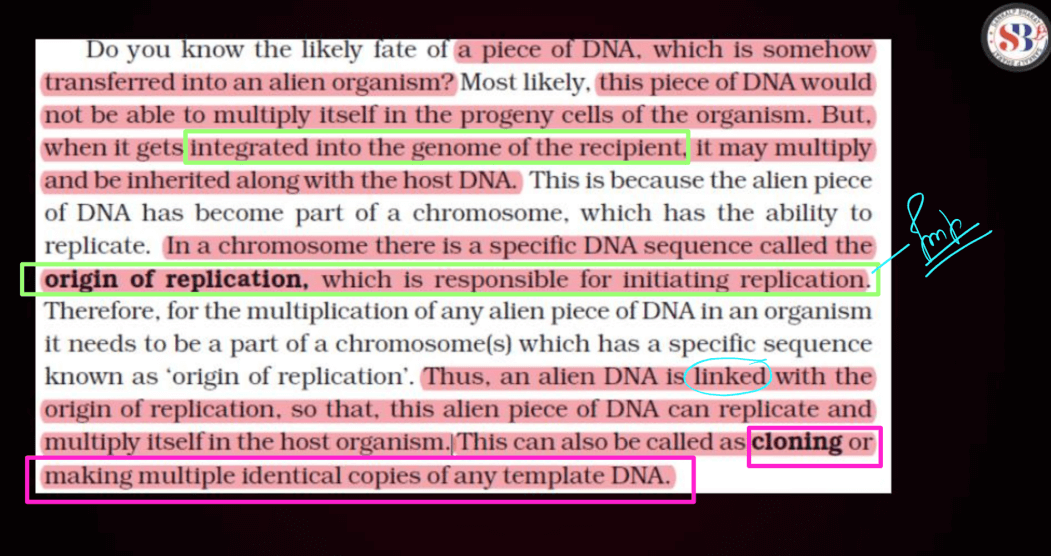
Construction of the First Artificial Recombinant DNA Molecules
In the early 1970s, scientists pioneered the construction of the first artificial recombinant DNA molecules, marking a pivotal moment in biotechnology. This involved combining genetic material from different sources, like bacteria and viruses, to create new DNA sequences. The process began by isolating specific genes or DNA fragments, which were then cut using enzymes. Simultaneously, plasmids, small circular pieces of DNA from bacteria, were also cut. The desired gene fragments were inserted into the plasmids, creating recombinant DNA. Through this groundbreaking technique, scientists could manipulate and replicate specific genes, paving the way for advancements in genetic engineering, medicine, and biotechnology.
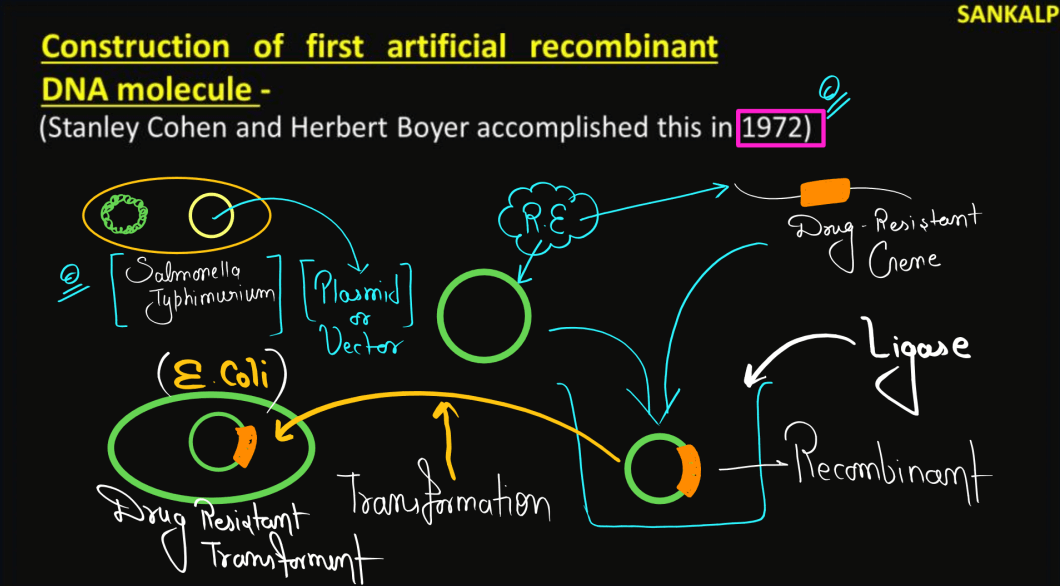
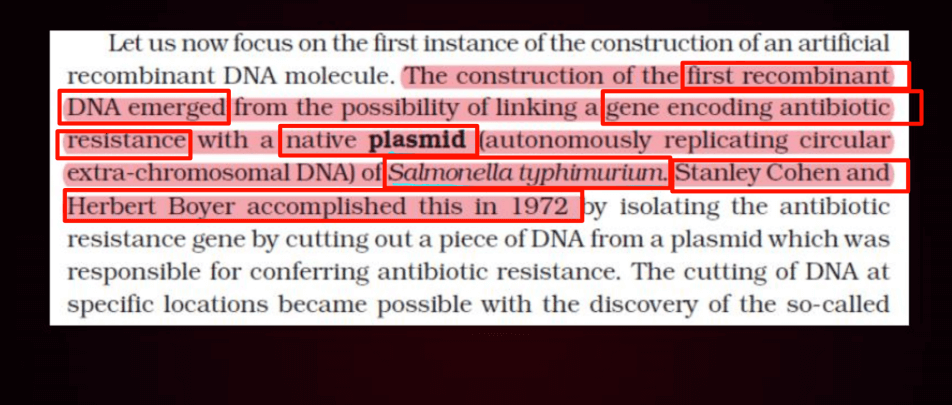
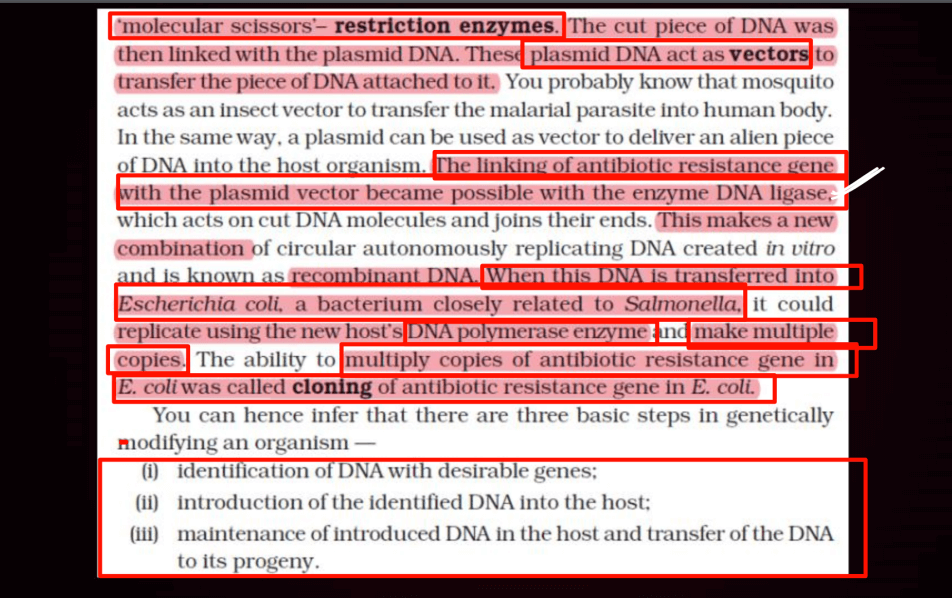
Tools For Recombinant DNA Technology
Key tools used for Recombinant DNA Technology include restriction enzymes for cutting DNA at specific sites, DNA ligase for joining DNA fragments, vectors (such as plasmids or viruses) to carry and replicate the recombinant DNA, and host cells (usually bacteria or yeast) for DNA replication and protein expression. Additionally, polymerase chain reaction (PCR) is often used to amplify specific DNA sequences, and gel electrophoresis helps analyze and separate DNA fragments.
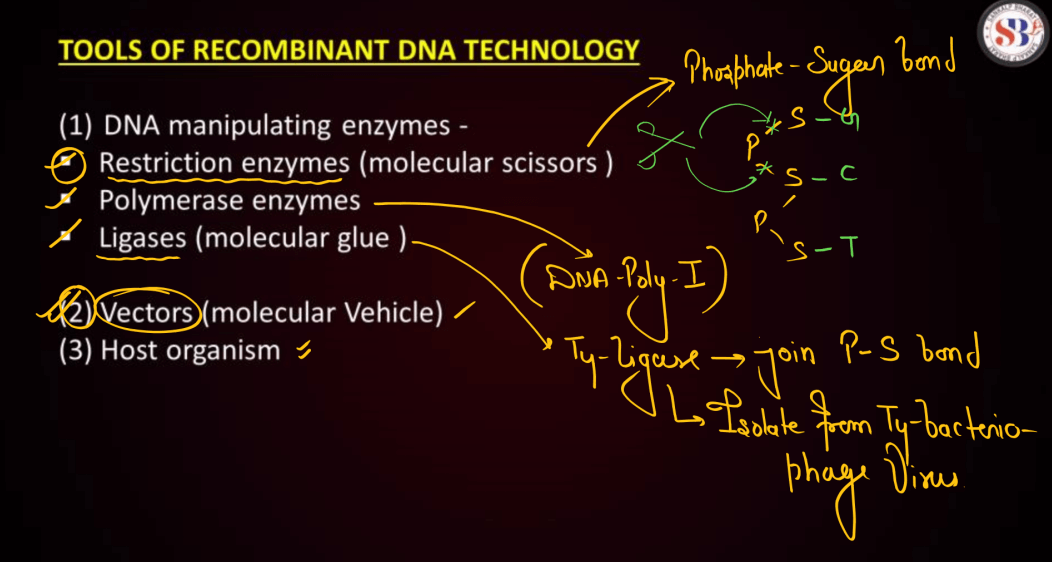
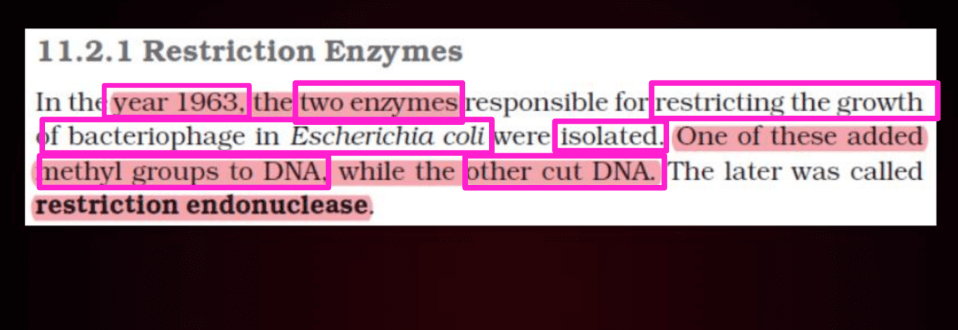
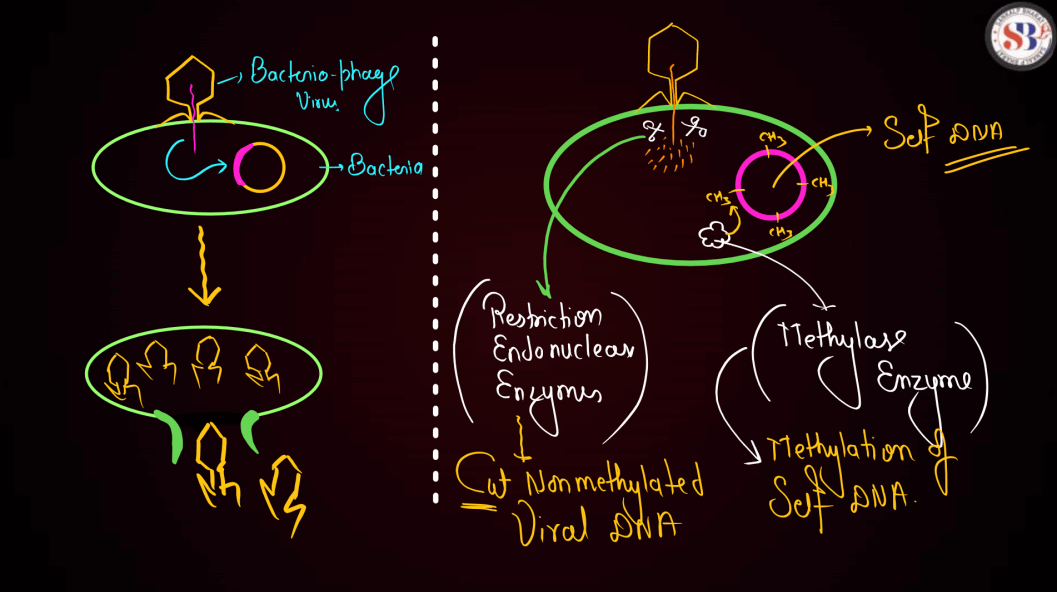
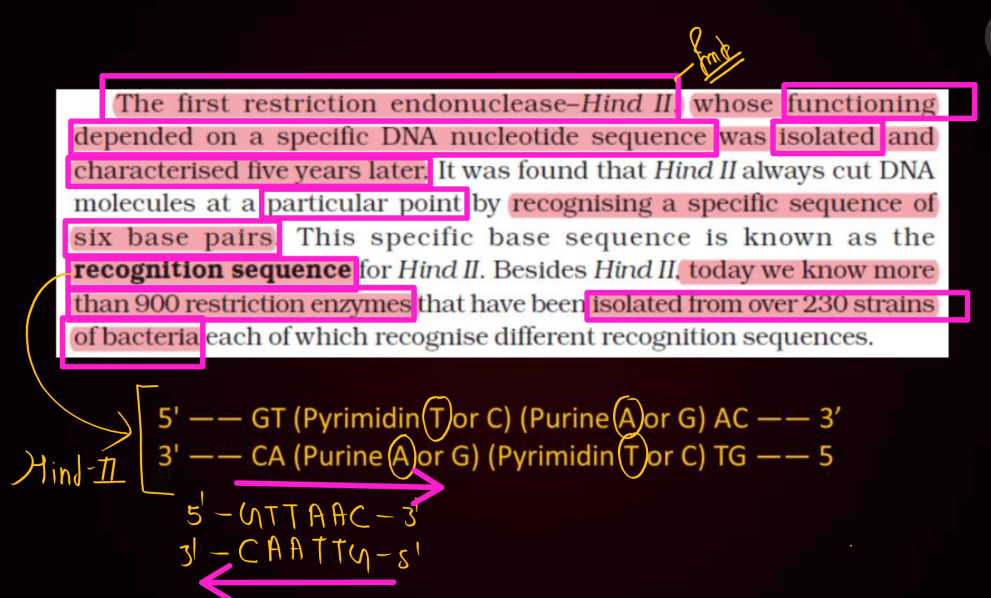
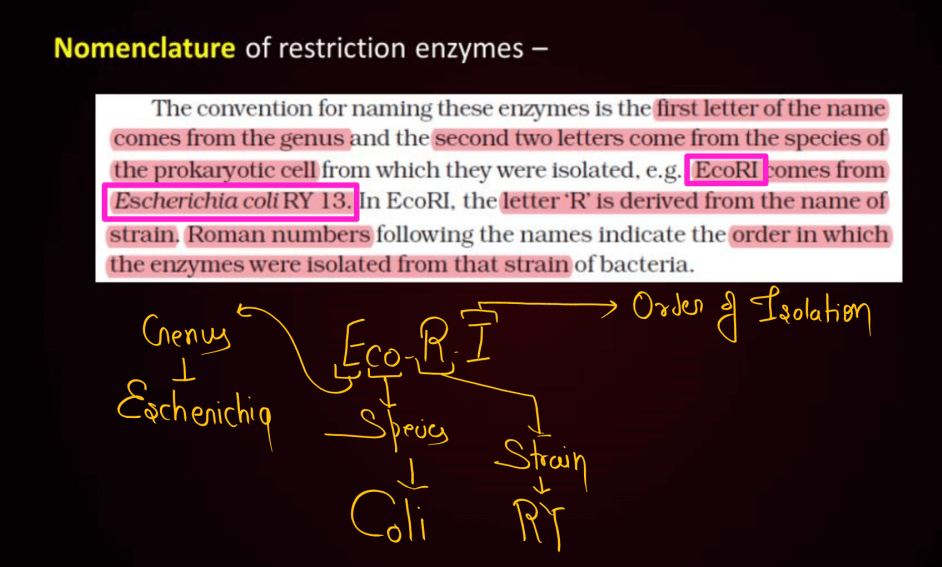
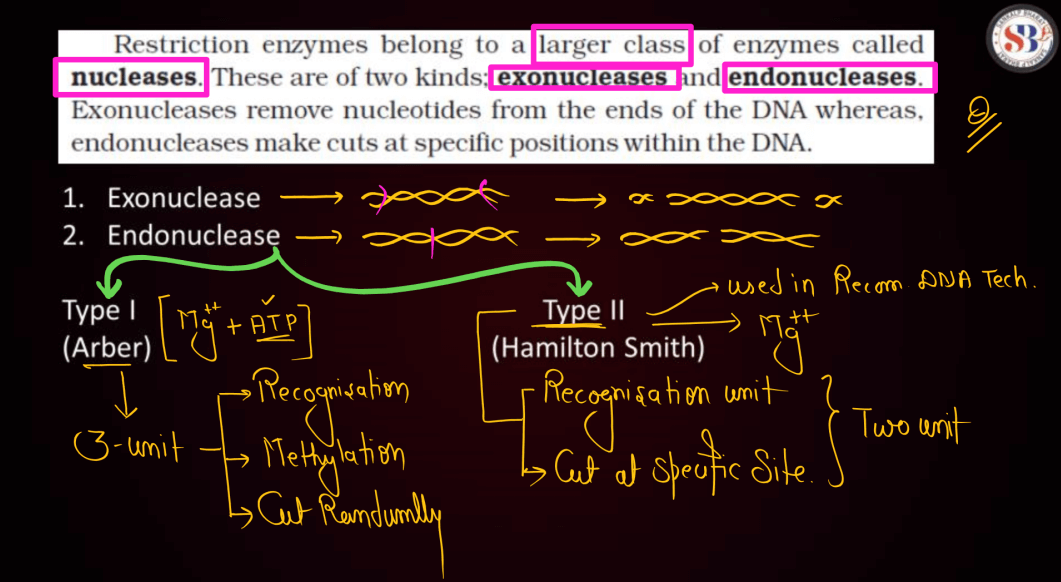
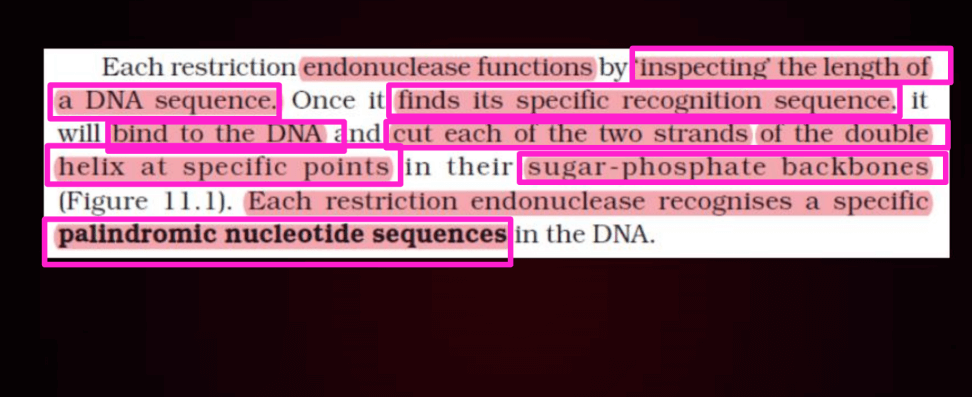
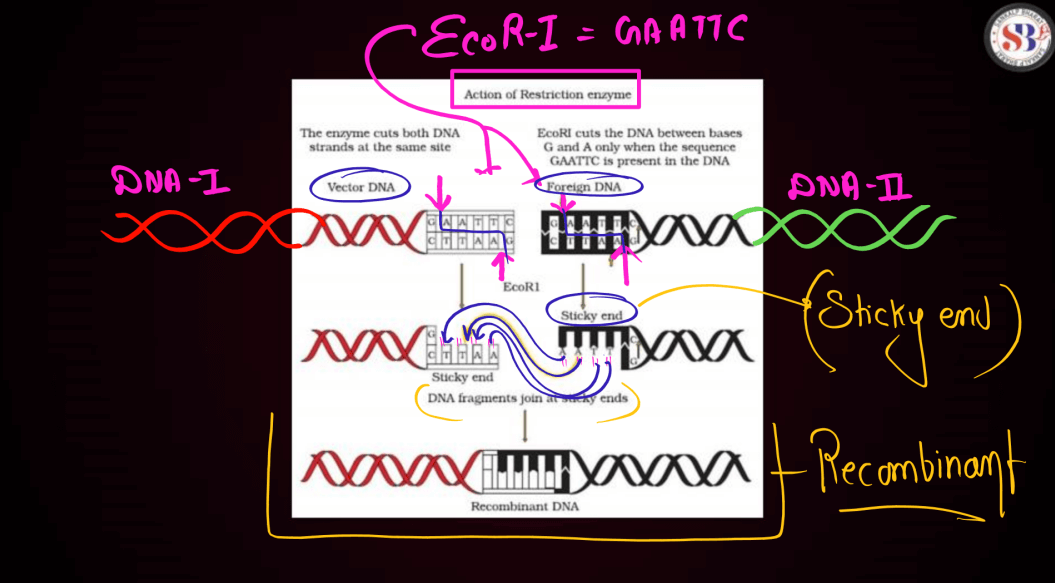
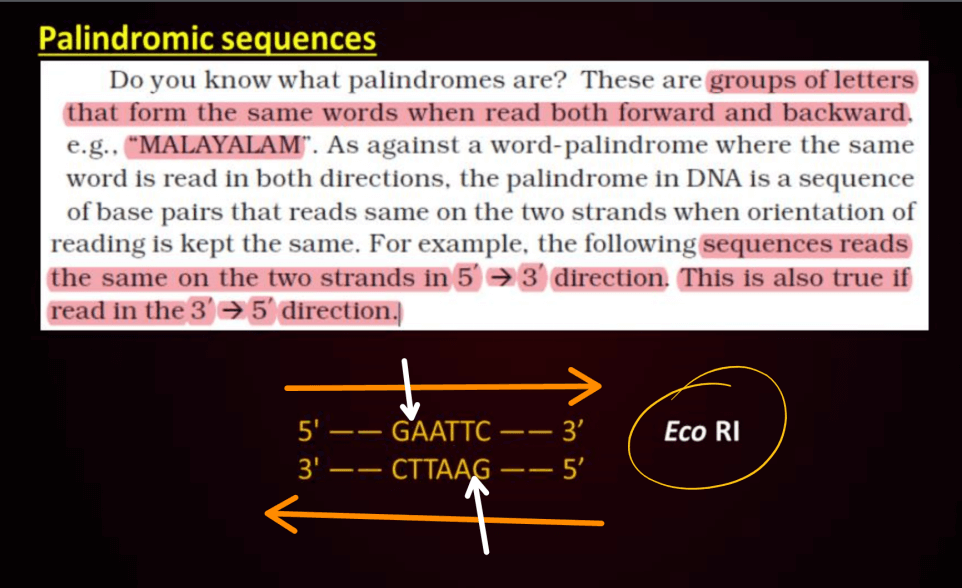
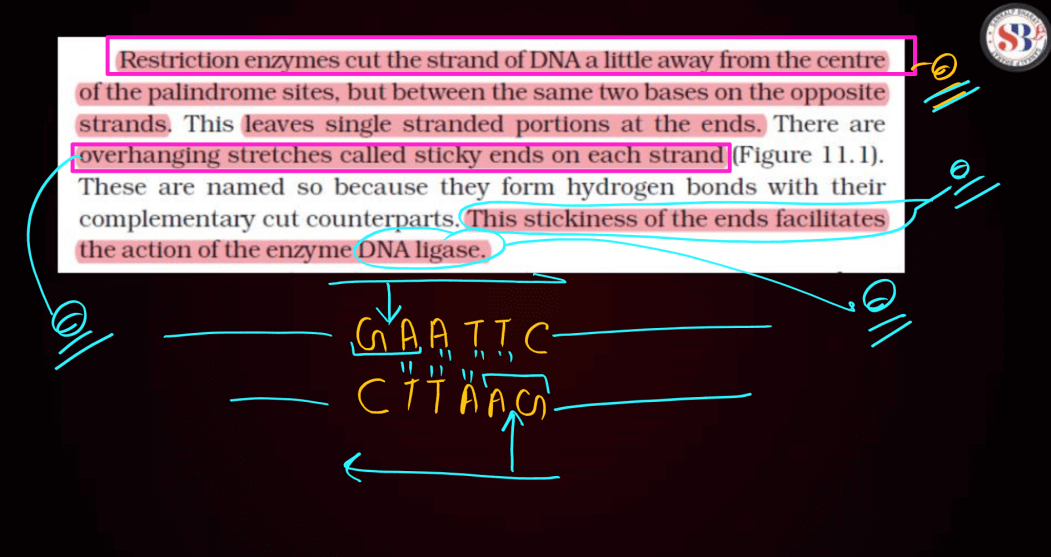
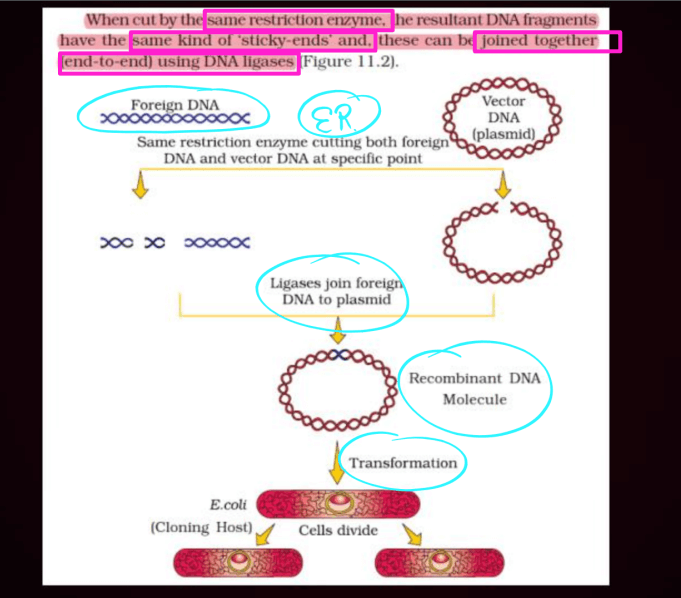
Cloning Vector
A cloning vector is like a molecular courier used in genetic engineering. Picture it as a tiny delivery truck designed to transport specific genes or DNA fragments. Scientists use these vectors to introduce desired genes into host cells, like bacteria or yeast, for replication. The vectors act as a carriers, incorporating the foreign DNA into the host organism, essentially making copies of the inserted genetic material. Think of it as copying and pasting a particular section of genetic code. Common vectors include plasmids, which are circular DNA molecules, and viruses modified to carry specific genes. Cloning vectors plays a crucial role in biotechnology, enabling the production of identical genetic copies and facilitating various research and medical applications.
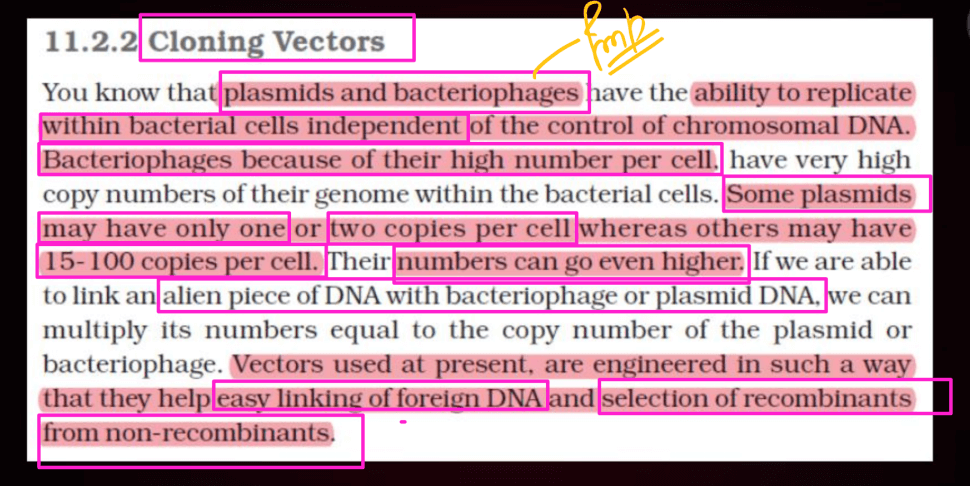
Features Required to Facilitate Cloning into a Vector
The features required to clone a gene into a vector have been discussed below. Always validate your cloning strategy through sequencing and functional assays.
| Features Required to Clone a Gene | |
| Features | Description |
| Origin of Replication | The origin of replication acts as a starting point for DNA copying. To clone a gene, scientists use this origin to replicate the gene, creating multiple identical copies for study or use. |
| Selectable Markers | A selectable marker is a gene that confers a trait, like antibiotic resistance, allowing scientists to easily identify and select cells that have successfully taken up a desired genetic change. |
| Cloning Sites | Cloning sites are specific DNA sequences in a factor where foreign DNA, like a gene of interest, can be inserted for replication or expression in host organisms. |
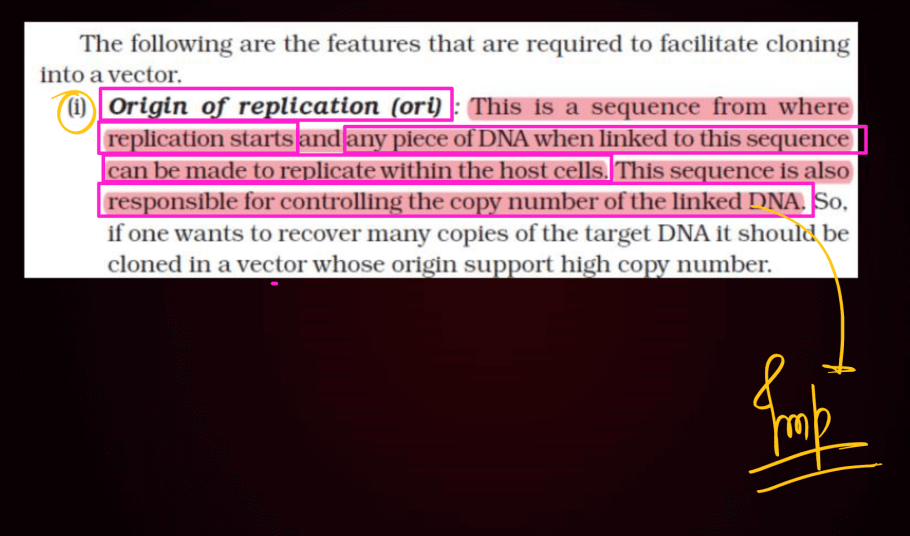
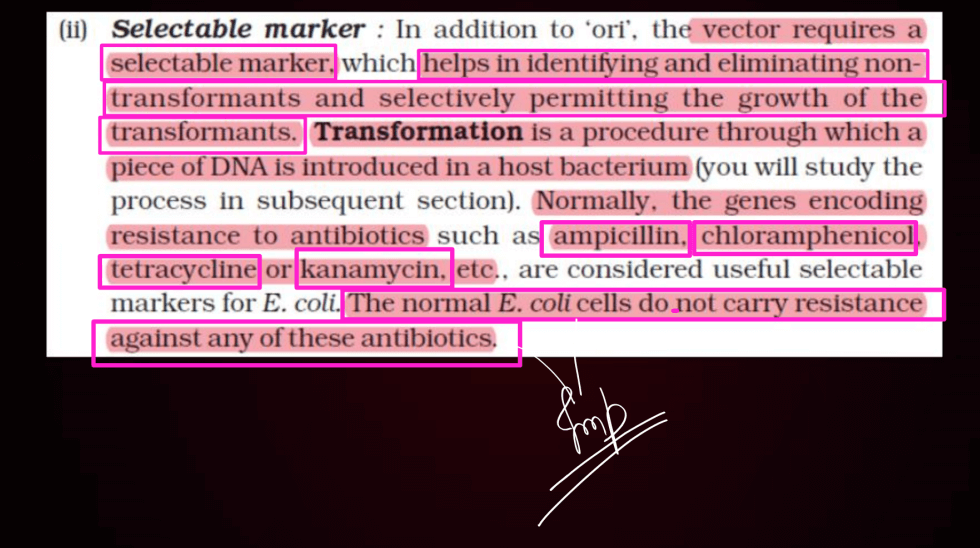
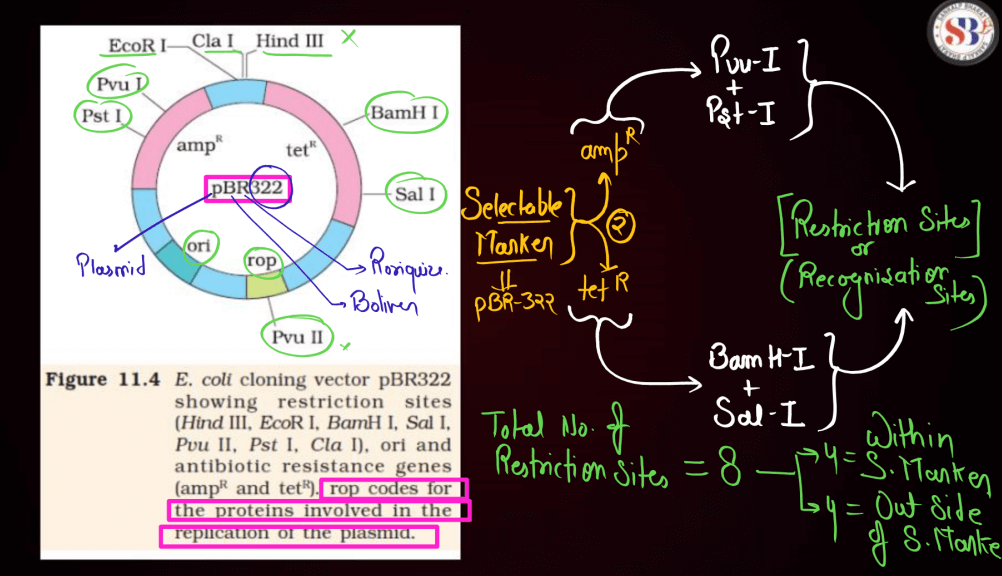
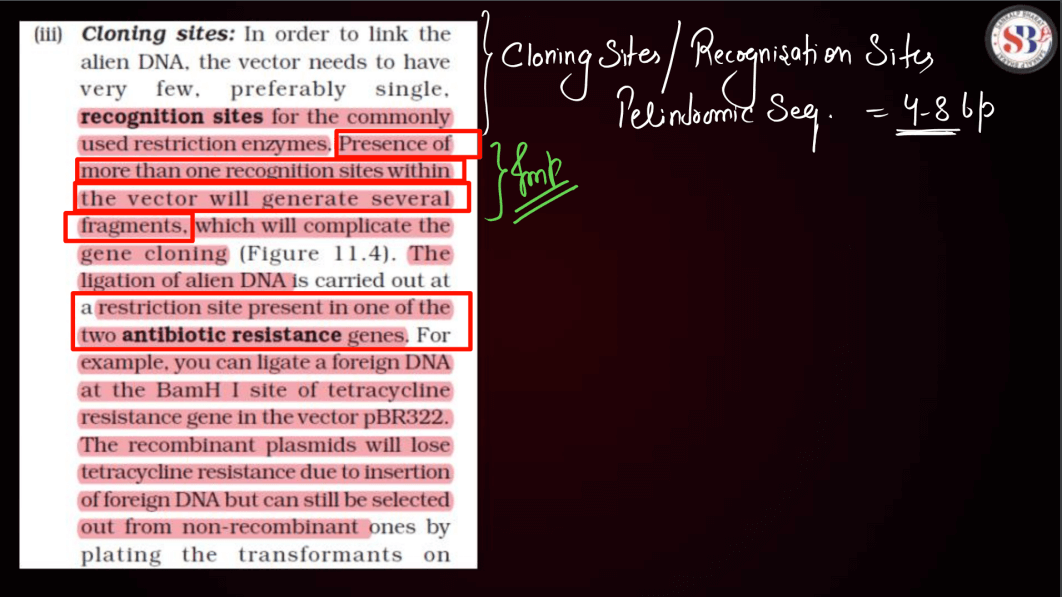
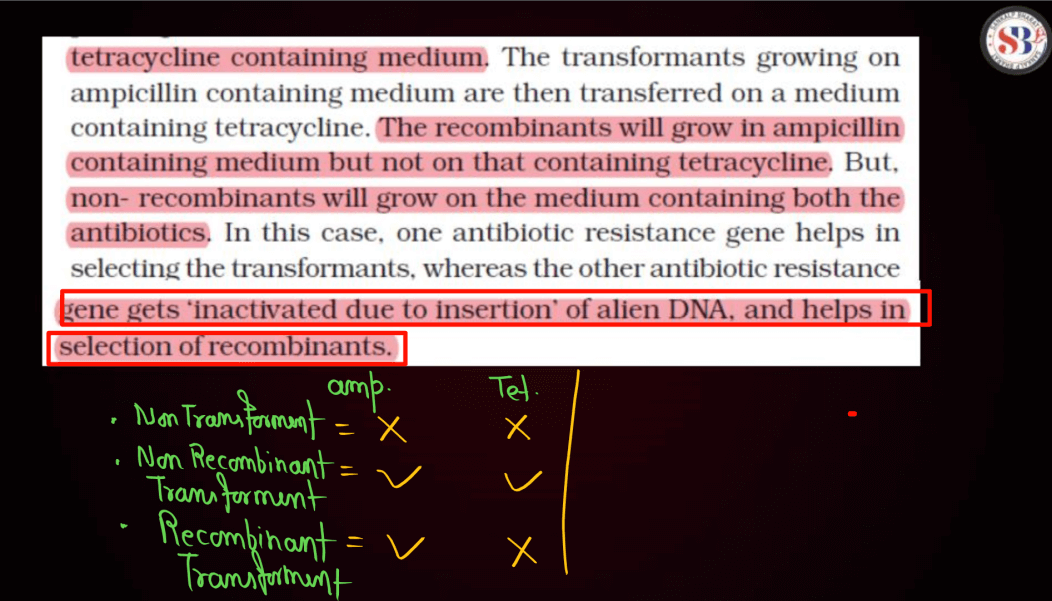
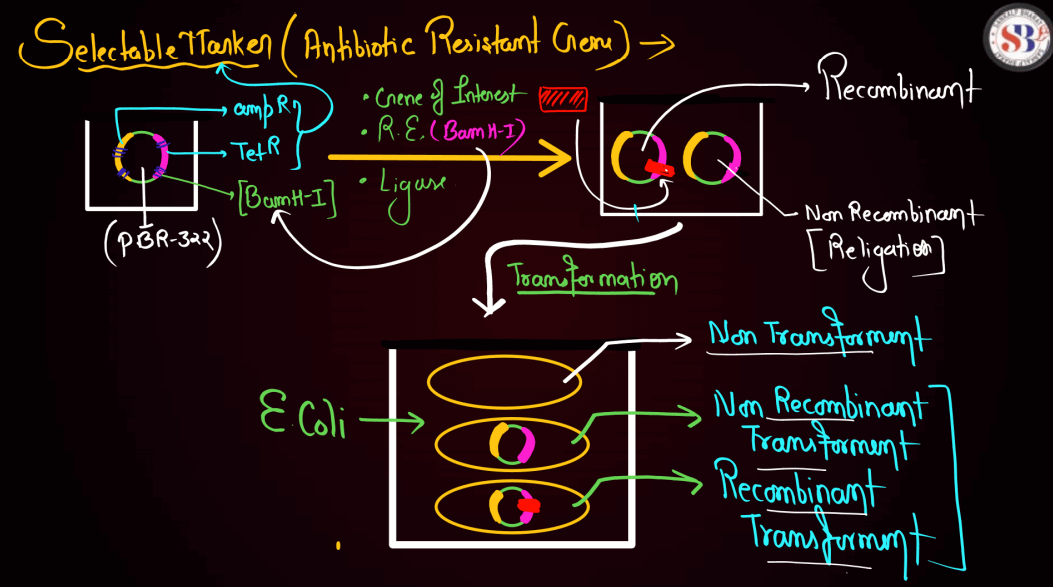
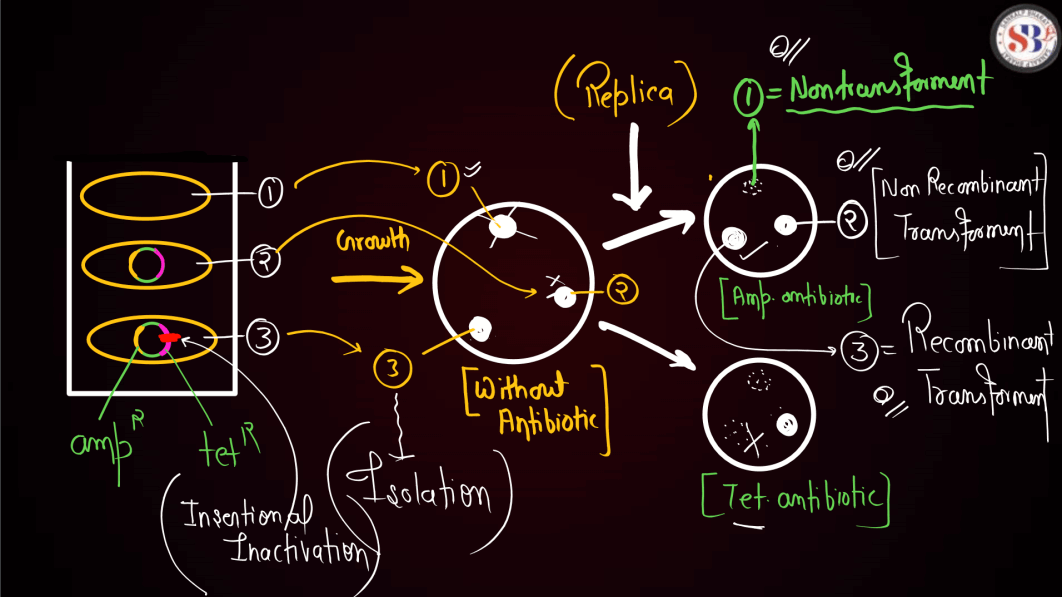
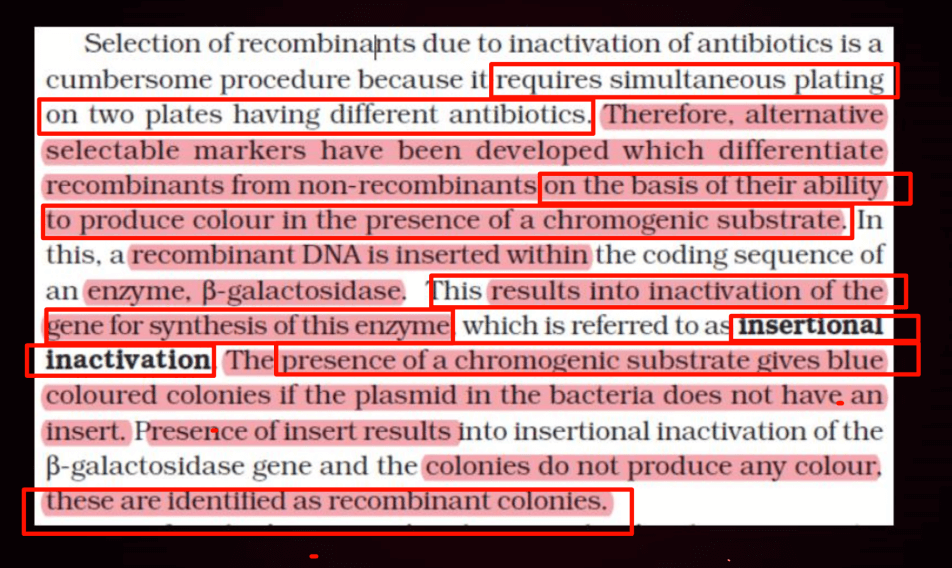
Lac operon
The lac operon is a group of genes in bacteria that regulates the utilization of lactose, a sugar. It consists of three main parts: the promotor, operator, and structural genes. The promoter initiates gene transcription, while the operator controls the access of RNA polymerase to the genes. The structural genes include lacZ, lacY, and lacA, which are responsible for lactose metabolism. When lactose is absent, a repressor protein binds to the operator, preventing gene expression. In the presence of lactose, it binds to the repressor, allowing the genes to be transcribed and enabling the bacteria to use lactose as an energy source.
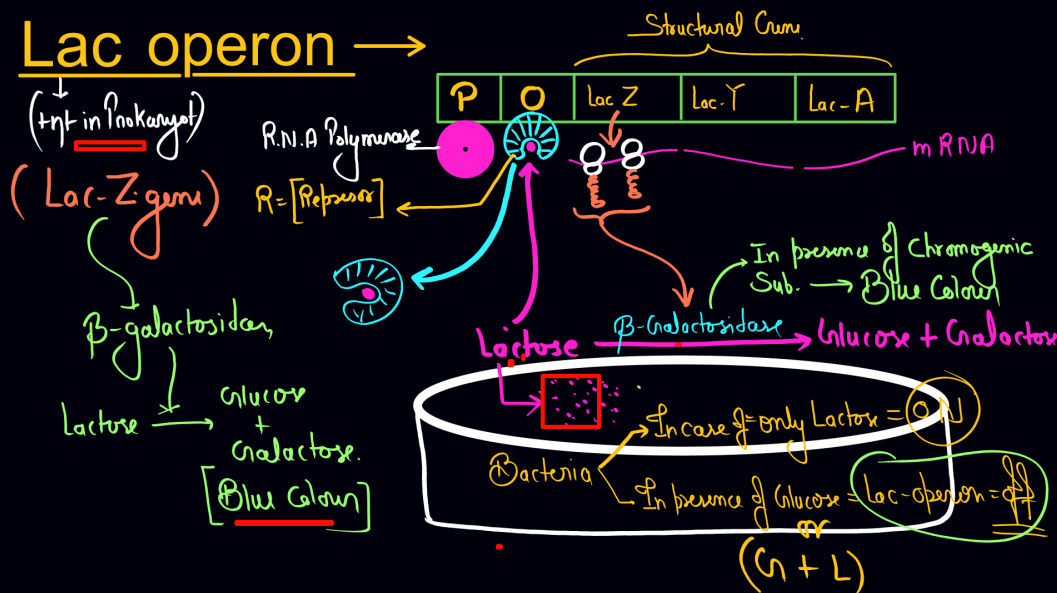
LAC-Z-Gene
The lacZ gene is part of the lac operon in bacteria and encodes for beta-galactosidase, an enzyme involved in lactose metabolism. Beta-galactosidase is responsible for breaking down lactose into its constituent sugars, glucose, and galactose. In the absence of lactose, the lacZ gene’s expression is inhibited by a repressor protein, preventing unnecessary enzyme production. However, when lactose is present, it binds to the repressor, allowing the lacZ gene to be transcribed and the beta-galactosidase enzyme to be produced. This enzyme plays a crucial role in the bacterial cell’s ability to use lactose as a source of energy.
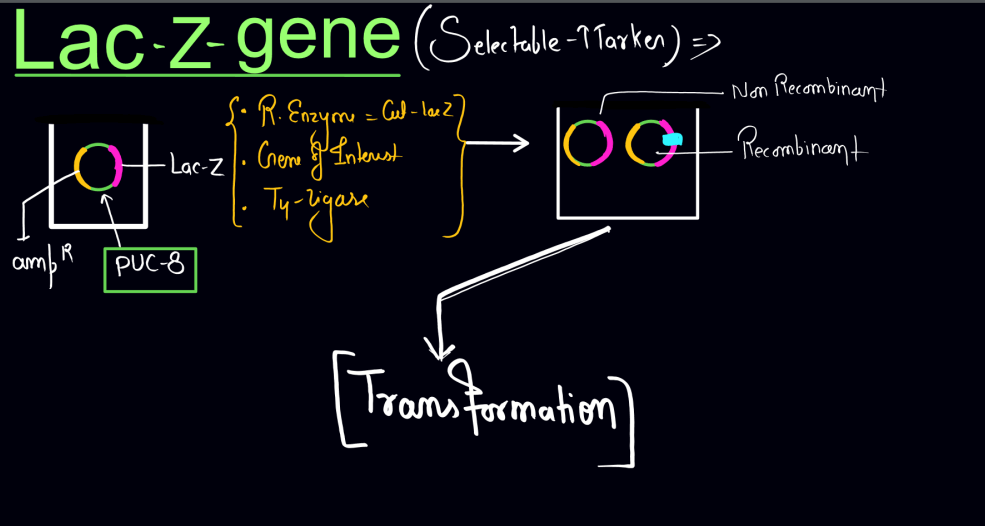
Process of Recombinant DNA Technology
Recombinant DNA technology involves manipulating DNA to create new combinations. Below we have discussed the step-wise process of Recombinant DNA technology. These steps collectively enable the creation of genetically modified organisms or the production of specific proteins for various applications in biotechnology and medicine.
Step 1: Isolation of DNA: Obtain the target DNA (gene of interest) and a factor (usually a plasmid or virus) that will carry the gene.
Step 2: Cutting DNA: Use restriction enzymes to cut both the target DNA and the vector at specific recognition sites. This creates compatible sticky ends.
Step 3: Ligands: Join the target DNA and vector using DNA ligase, forming recombinant DNA.
Step 4: Transformation: Introduce the recombinant DNA into host cells (e.g., bacteria) using methods like heat shock or electroporation.
Step 5: Selection: Identify transformed cells by incorporating a selectable marker (e.g., antibiotic resistance) carried by the vector.
Step 6: Expression: If the goal is to produce a protein, ensure the host cells can transcribe and translate the inserted gene.
Step 7: Screening: Confirm the presence of the desired gene and verify its expression through techniques like PCR, gel electrophoresis, or protein analysis.
Step 8: Amplification: Allow the transformed cells to multiply, producing multiple copies of the recombinant DNA.
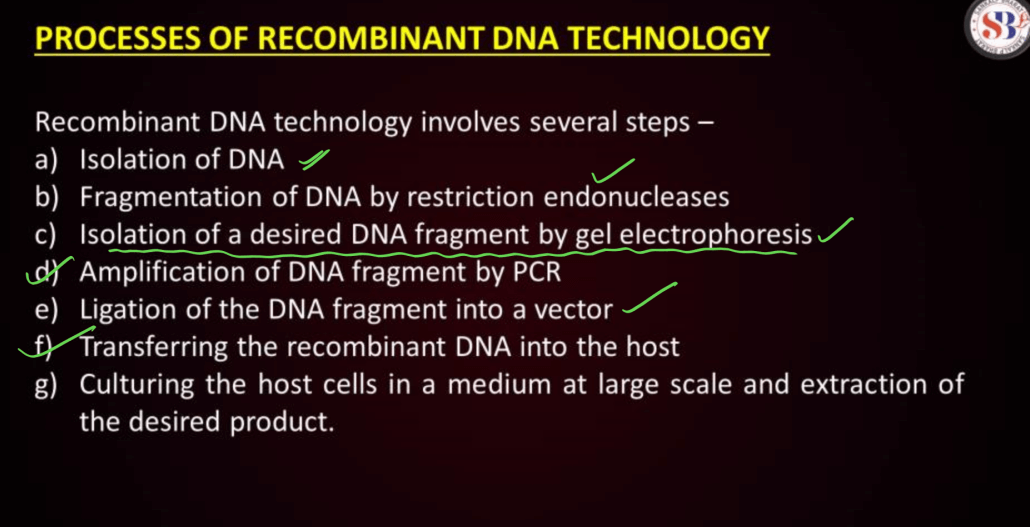
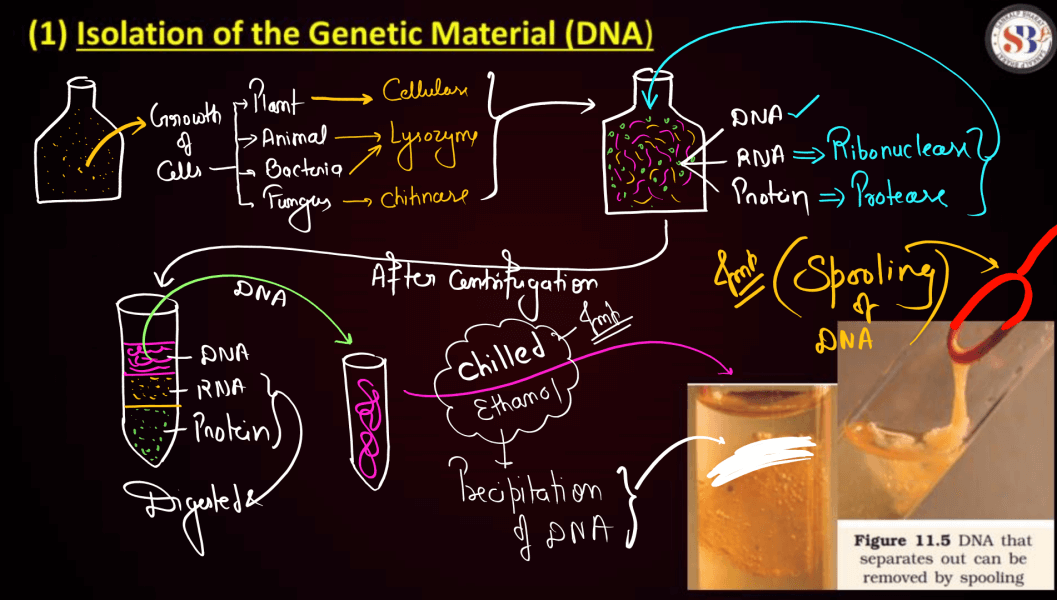
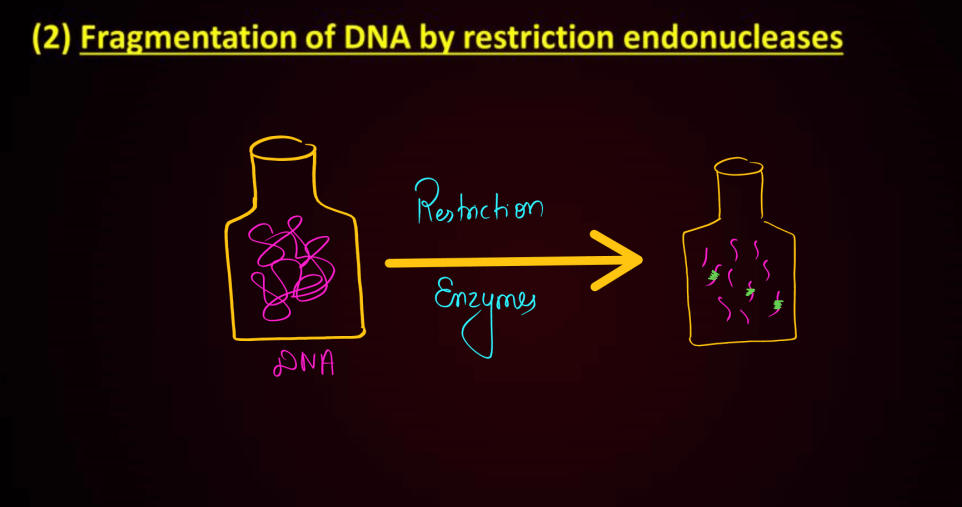
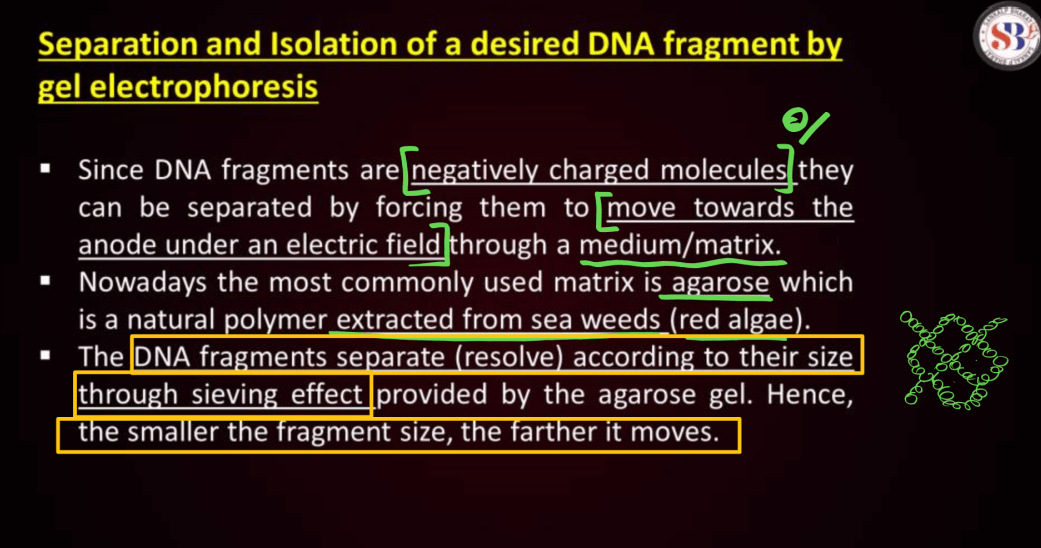
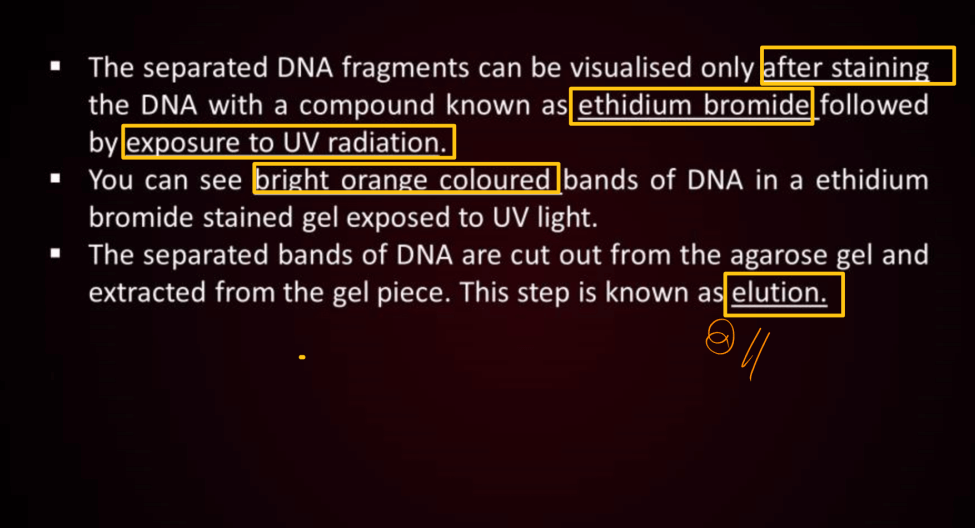
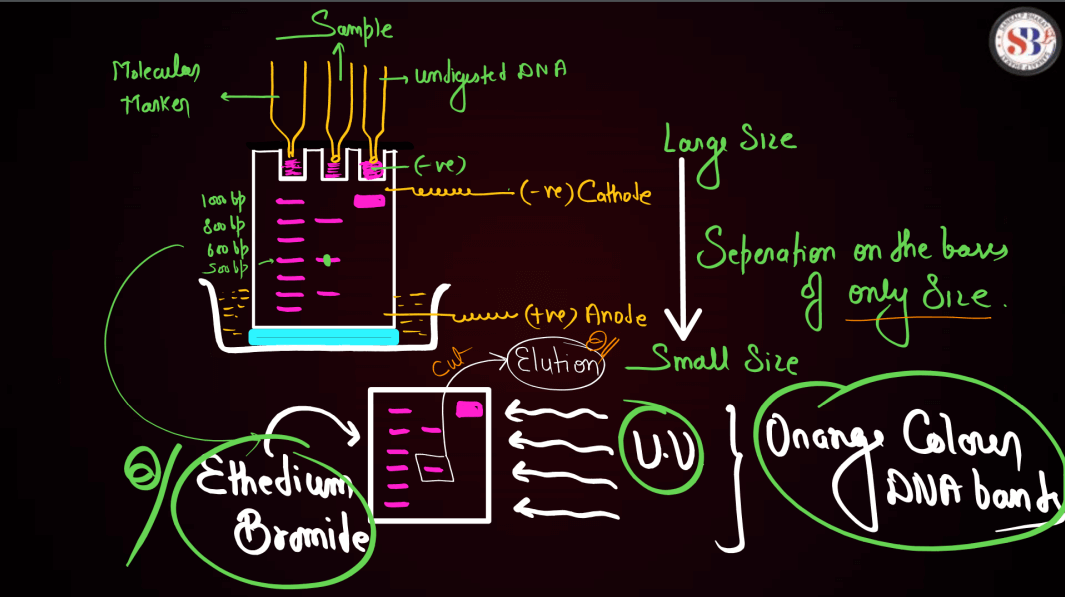
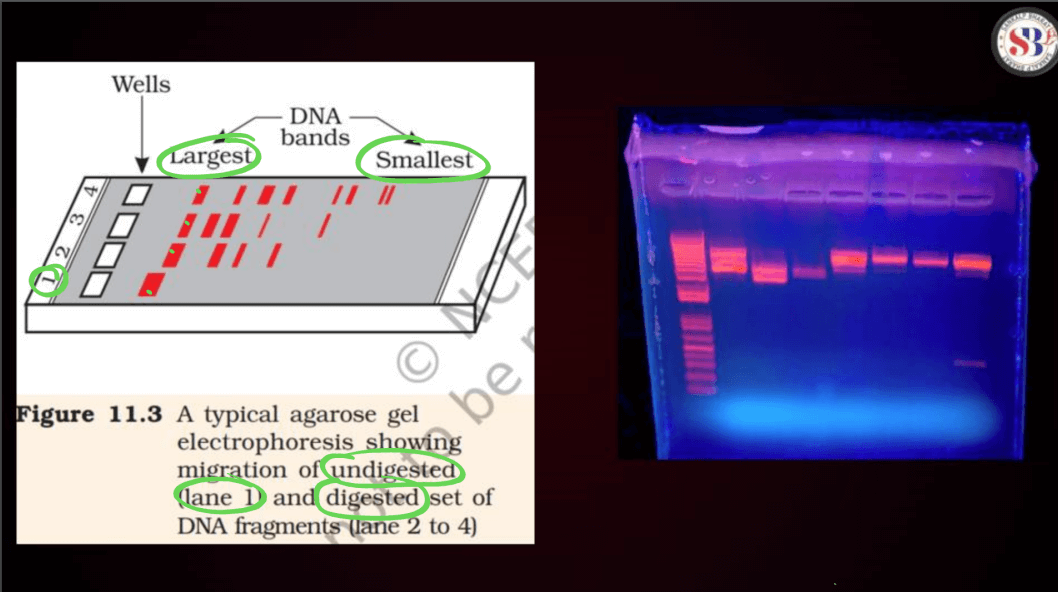
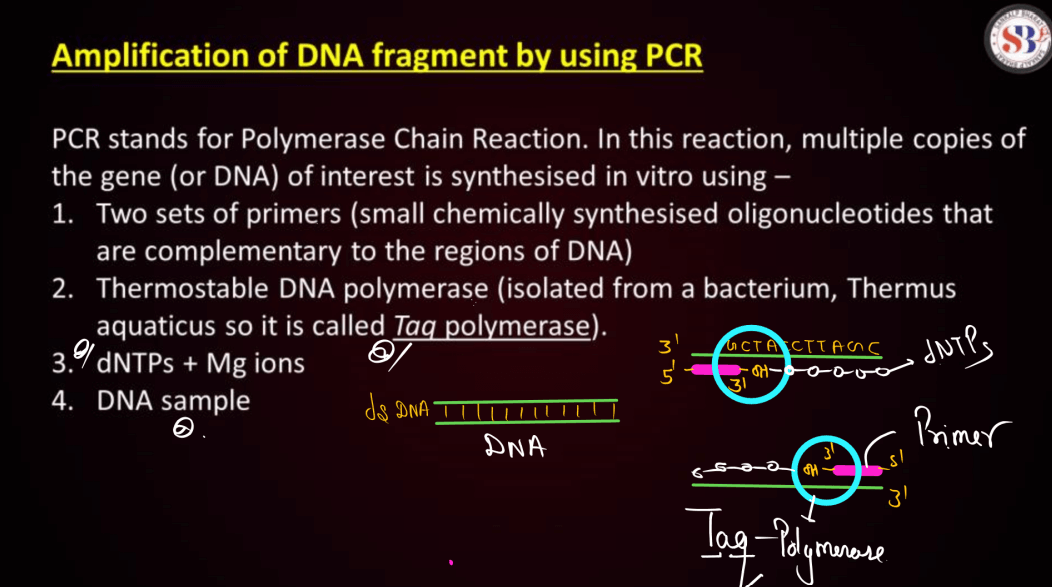
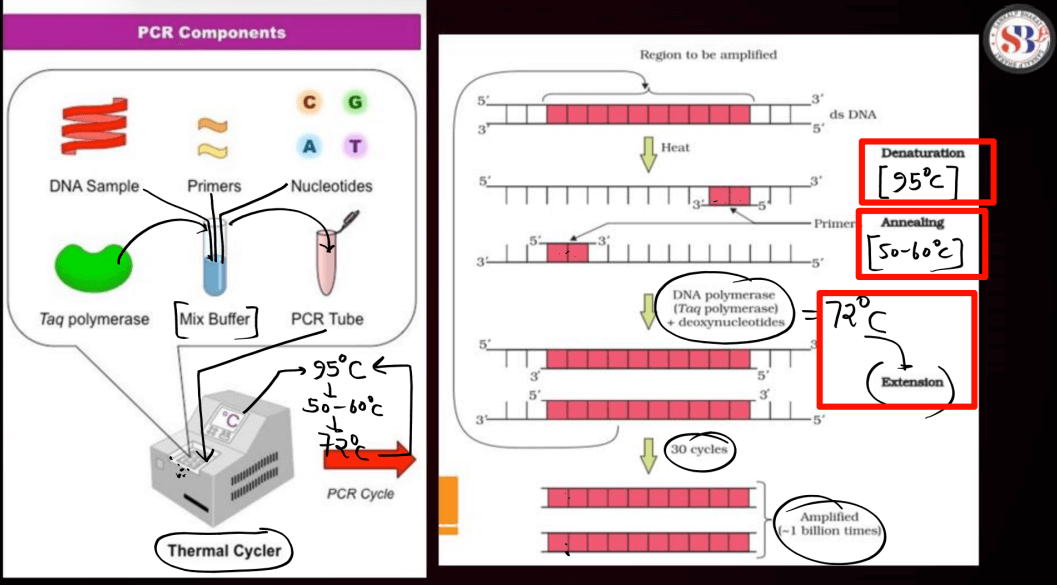 For a Detail Study on Biotechnology, watch the complete video below:
For a Detail Study on Biotechnology, watch the complete video below:

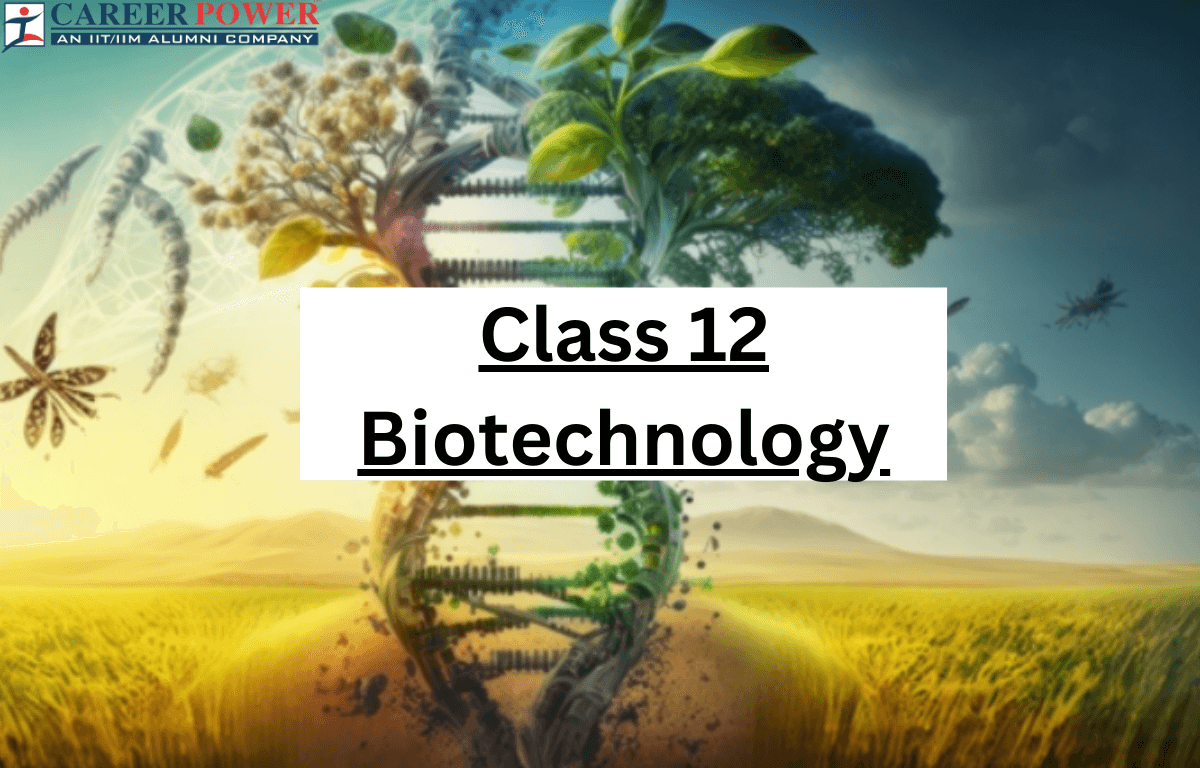

 50 Vegetables Name for Kids in English a...
50 Vegetables Name for Kids in English a...
 Food Chain: Definition, Types, Examples,...
Food Chain: Definition, Types, Examples,...
 Human Respiratory System: Definition, Di...
Human Respiratory System: Definition, Di...













